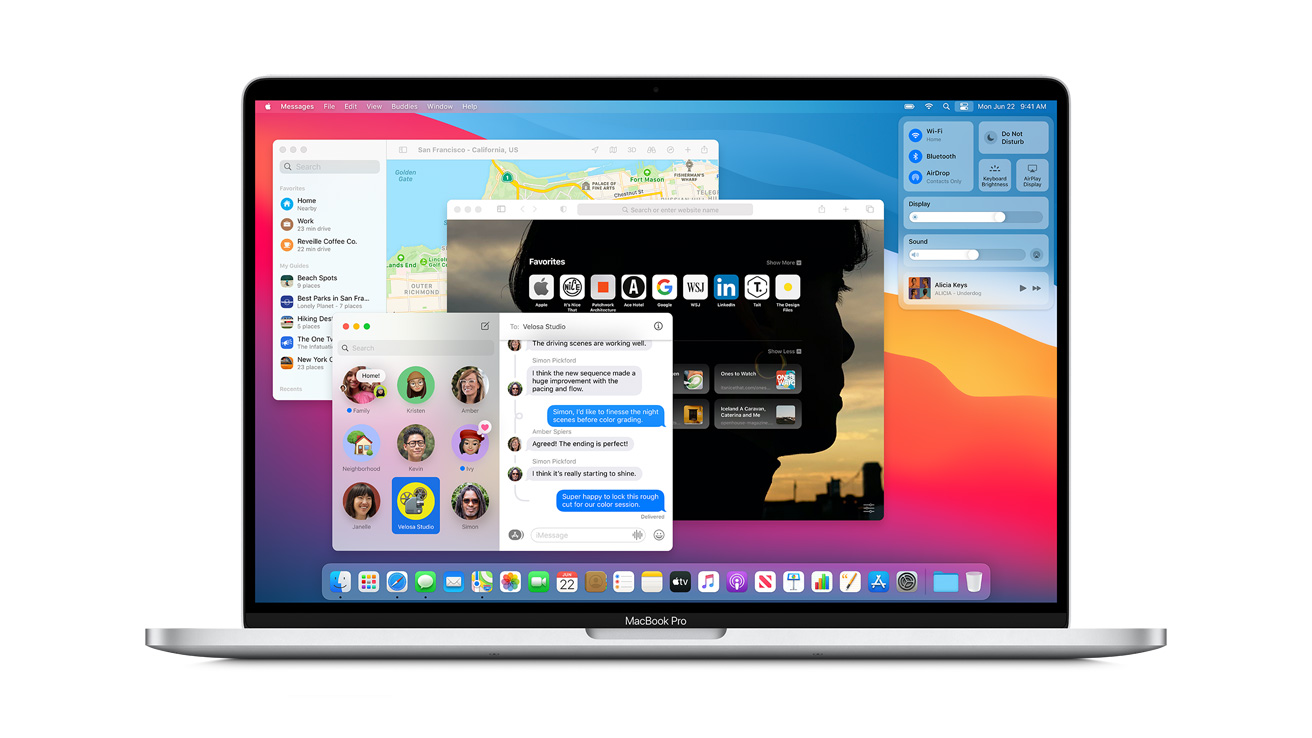Ninja Match 2.0 Mac OS
Ninja Match 2.0 Mac OS
Parallels desktop running Windows and Mac OS side by side – Ninjatrader for Mac Parallels software comes with a 14 day free trial so you can try it out and see if it’s for you. It has a one time purchase cost of $79.99USD. Forcepoint VPN Client 2.0.2 for macOS User Guide 3 4) Open Finder, browse to Applications, then double-click the Forcepoint VPN Client application. 5) If prompted, enter your password for your Mac. 6) If you are asked to confirm that you want to open the application, click Open. Add VPN connections. Mac OS X 11 (Big Sur), 10.15 (Catalina), 10.14 (Mojave) With AVX2 acceleration, for most Intel Macs since 2014: Download installer. With SSE4.2 acceleration, for Apple Silicon M1 Macs, and most Intel Macs since 2008: Download installer. NOTE By default, the software is installed in your Applications folder.
Ninja is yet another build system. It takes as input theinterdependencies of files (typically source code and outputexecutables) and orchestrates building them, quickly.
Ninja joins a sea of other build systems. Its distinguishing goal isto be fast. It is born frommywork on the Chromium browser project, which has over 30,000 sourcefiles and whose other build systems (including one built from customnon-recursive Makefiles) would take ten seconds to start buildingafter changing one file. Ninja is under a second.
Where other build systems are high-level languages, Ninja aims to bean assembler.
Build systems get slow when they need to make decisions. When you arein a edit-compile cycle you want it to be as fast as possible — youwant the build system to do the minimum work necessary to figure outwhat needs to be built immediately.
Ninja contains the barest functionality necessary to describearbitrary dependency graphs. Its lack of syntax makes it impossibleto express complex decisions.
Instead, Ninja is intended to be used with a separate programgenerating its input files. The generator program (like the./configure found in autotools projects) can analyze systemdependencies and make as many decisions as possible up front so thatincremental builds stay fast. Going beyond autotools, even build-timedecisions like 'which compiler flags should I use?' or 'should Ibuild a debug or release-mode binary?' belong in the .ninja filegenerator.
Here are the design goals of Ninja:
- very fast (i.e., instant) incremental builds, even for very large projects.
- very little policy about how code is built. Different projects and higher-level build systems have different opinions about how code should be built; for example, should built objects live alongside the sources or should all build output go into a separate directory? Is there a 'package' rule that builds a distributable package of the project? Sidestep these decisions by trying to allow either to be implemented, rather than choosing, even if that results in more verbosity.
- get dependencies correct, and in particular situations that are difficult to get right with Makefiles (e.g. outputs need an implicit dependency on the command line used to generate them; to build C source code you need to use gcc’s
-Mflags for header dependencies). - when convenience and speed are in conflict, prefer speed.
Some explicit non-goals:
- convenient syntax for writing build files by hand. You should generate your ninja files using another program. This is how we can sidestep many policy decisions.
- built-in rules. Out of the box, Ninja has no rules for e.g. compiling C code.
- build-time customization of the build. Options belong in the program that generates the ninja files.
- build-time decision-making ability such as conditionals or search paths. Making decisions is slow.
To restate, Ninja is faster than other build systems because it ispainfully simple. You must tell Ninja exactly what to do when youcreate your project’s .ninja files.

Ninja is closest in spirit and functionality to Make, relying onsimple dependencies between file timestamps.
But fundamentally, make has a lot of features: suffix rules,functions, built-in rules that e.g. search for RCS files when buildingsource. Make’s language was designed to be written by humans. Manyprojects find make alone adequate for their build problems.
In contrast, Ninja has almost no features; just those necessary to getbuilds correct while punting most complexity to generation of theninja input files. Ninja by itself is unlikely to be useful for mostprojects.
Ninja Match 2.0 Mac Os Catalina
Here are some of the features Ninja adds to Make. (These sorts offeatures can often be implemented using more complicated Makefiles,but they are not part of make itself.)
Ninja Match 2.0 Mac Os X
- Ninja has special support for discovering extra dependencies at build time, making it easy to get header dependencies correct for C/C++ code.
- A build edge may have multiple outputs.
- Outputs implicitly depend on the command line that was used to generate them, which means that changing e.g. compilation flags will cause the outputs to rebuild.
- Output directories are always implicitly created before running the command that relies on them.
- Rules can provide shorter descriptions of the command being run, so you can print e.g.
CC foo.oinstead of a long command line while building. - Builds are always run in parallel, based by default on the number of CPUs your system has. Underspecified build dependencies will result in incorrect builds.
- Command output is always buffered. This means commands running in parallel don’t interleave their output, and when a command fails we can print its failure output next to the full command line that produced the failure.
Ninja Match 2.0 Mac OS
